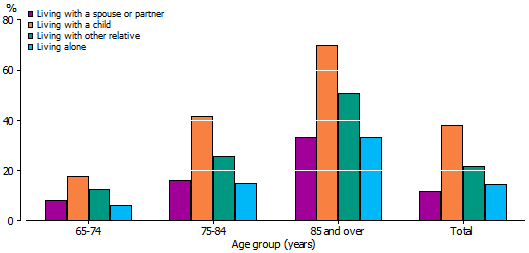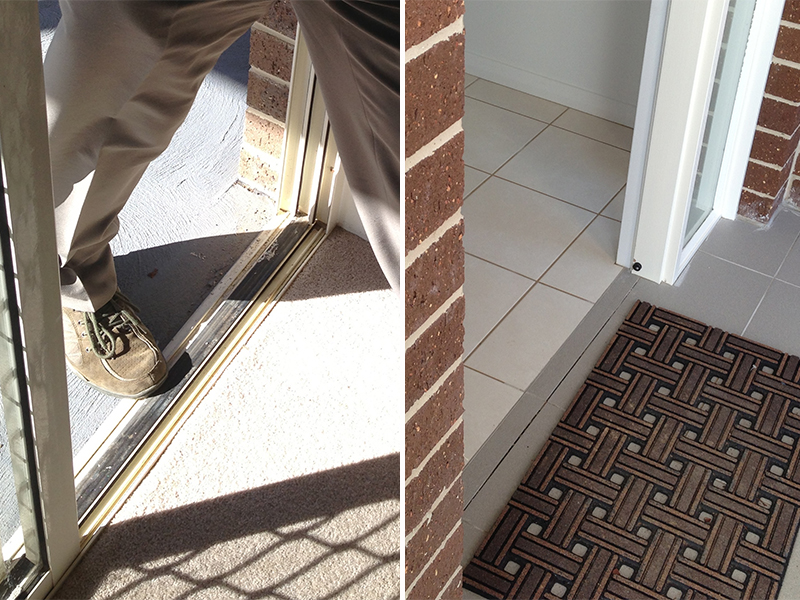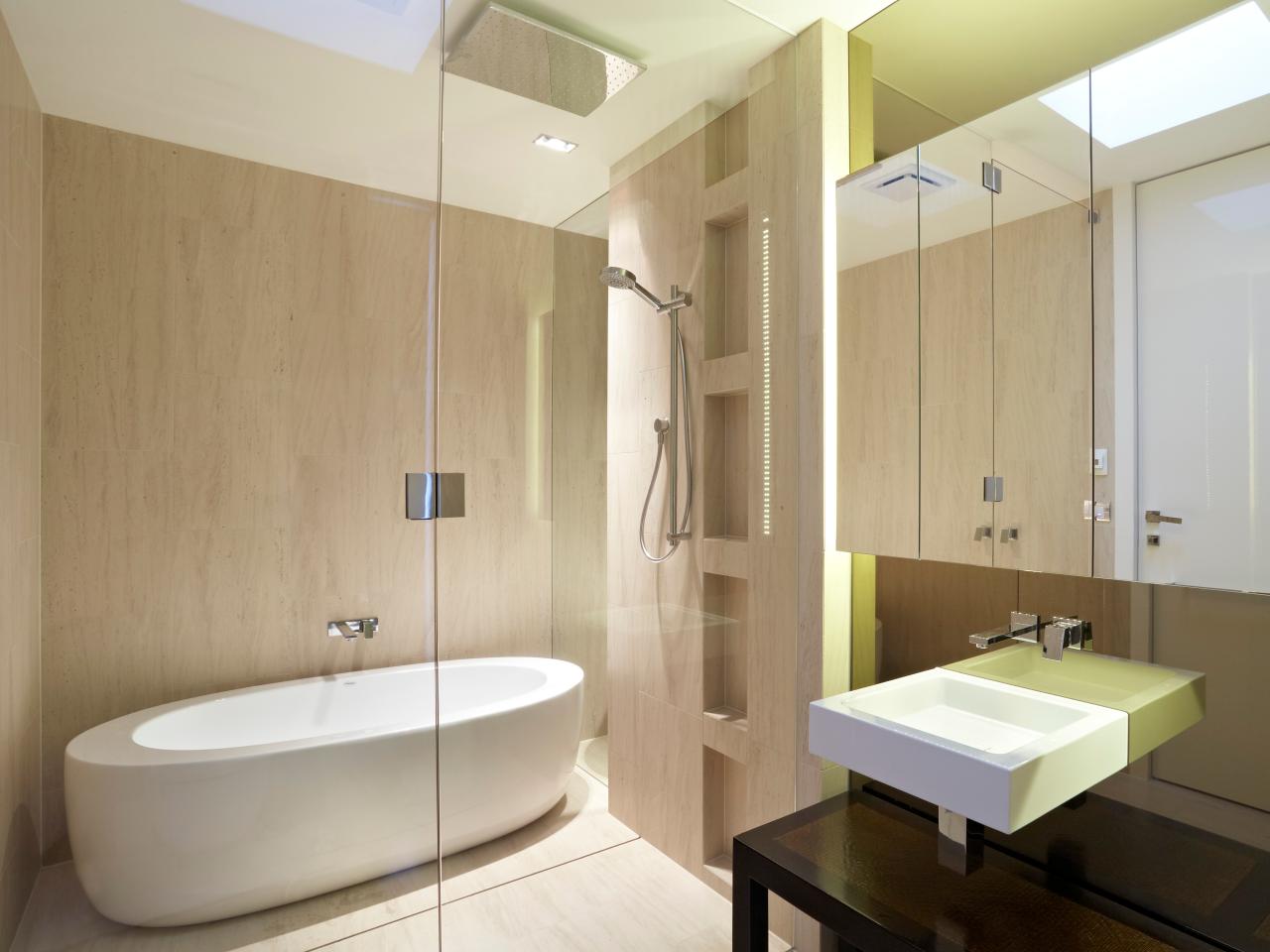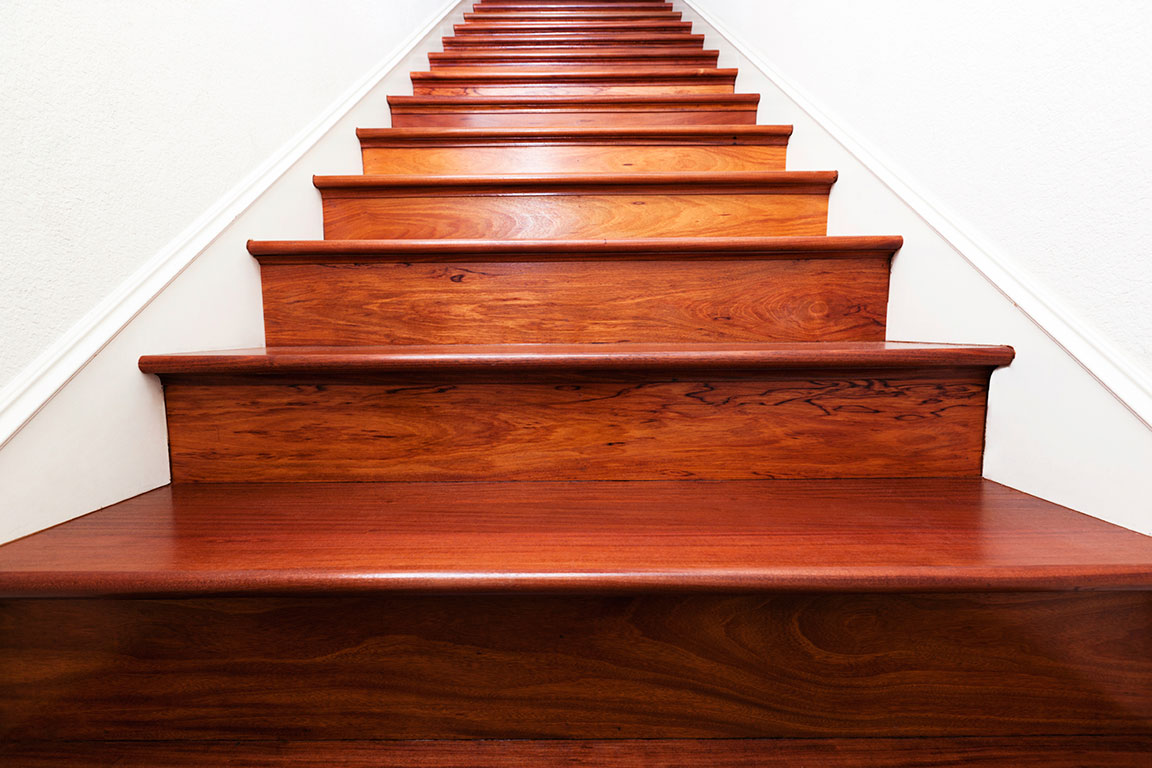Live at Home Longer: How to Future-Proof Your Home
I want you, my family and friends, to know how to plan ahead so your home will be a comfortable place to grow old in. This type of planning ahead sometimes makes people uncomfortable, but the reality is that many of us will experience disability in our life time (about 1 in 5 Australians, and this figure is increasing), or will care for someone with a disability. Planning ahead can make all the difference.
As a community occupational therapist, I visit people with disabilities and health problems in their homes every day. A change in your health or mobility on its own is disruptive enough, without it causing a change in your living arrangements as well. Disability can strike at any age. Even if you never have a disability and live a healthy long life, a suitable home will help you to prevent falls, and live a full life.
A common myth I’ve heard is that “when I get that bad, I’ll just go into a nursing home.” Nursing homes are not easy to get into. As the population ages, nursing homes are becoming increasingly stretched. There is usually an assessment to determine if a patient requires a high enough level of care to justify nursing home placement. People who only have mobility problems are unlikely to meet the criteria. Buying your place in a private nursing home is very expensive, and for many people would mean selling their house. This might not be an option if you have other family members still living in the home. The reality is that many people will spend time at home with a need for assistance with mobility, self-care or communication.

Older people in private dwellings, rate of core activity need for assistance by selected living arrangements, from Australian 2011 census data.
Here are my top tips. Please consider these things when buying a home and when renovating. Aim for the most accessible home, but this may be expensive or not possible in your current house. In that case, treat the lifetime home advice as the minimum. At the end I’ve listed the pitfalls to avoid at all cost.
The Most Accessible Home – if you or someone in your family needs a wheelchair
- Entrance: Level, no threshold step or steep ramps from the parking area.
- Door widths: Minimum 800mm, wider if they come off a corridor or hallway to allow turning space.
- Bathroom: Large room ideally on the ground floor, close to the bedroom; level access shower, also called a “wet room”, with hand-held shower; toilet will need space around it and behind it; solid walls, or reinforced walls so they are suitable for grab rail installation.
- Bedroom: Large room with extra storage for specialist equipment.
- Kitchen: Depending on how much the wheelchair user is likely to use the kitchen. Consider at least a bench space that can be accessed from a wheelchair (no cupboards underneath), up to a fully wheelchair accessible kitchen for someone who will be preparing meals. Seek specialist advice from an occupational therapist if you need a complete wheelchair accessible kitchen.
- General home layout: The house ideally is all on one level with big wide spaces for easy manoeuvrability. No tight corners. Hallways with doorways coming off them should be at least 1200mm. Consider access to light switches and power outlets – not too low, not too high, not tucked away in corners or hard to reach places.

Level thresholds and low profile thresholds are easier for wheels and remove a trip hazard.
The Lifetime Home – if you want to live out your days in your own home
- Entrance: Must be easy to access from the parking area, no steps or steep slopes. If steps are unavoidable, try to keep to less than three steps and they should have a rail on both sides. If you have quite a few steps at the front of the house, consider whether a rear or side entrance could be accessed instead.
- Door widths: Minimum 800mm.
- Bathroom: Have a toilet on the same level as the entrance. Level access shower in the main bathroom allows the most flexibility: you could use a selection of seats, or you could roll in on a shower chair with wheels. If you don’t want a level access shower, a shower with a small lip (<50mm) is preferable. Consider a hand-held shower with integrated grab rail.
- Bedroom: Have a large bedroom on the same level as the entrance, or a study/family room that could be converted to a bedroom if needed.
- Kitchen: Enough space for a stool by the work bench and the cook top.
- General home layout: The house is ideally all on one level. A 2-story house is usually easier to adapt (e.g. with a stair lift) than a split-level house.

This lovely step-free wetroom features a hand-held shower and storage at a range of heights.
! Avoid – these are the most common problems I see
- Door widths less than 750mm (30 inches).
- Uneven floor levels that could be built flat – particularly with house extensions and bathroom additions. Avoid internal steps!
- Tiny bathrooms and tiny shower cubicles.
- Shower over the bath as the only showering option.
- “Walk-in” baths. These baths with a little door built into the side are a huge gimmick and can cause falls. They are no safer or easier to use than a regular bath (for most people). Save your money!
- Shower cubicles with a large step. Many showers in Australia have a threshold about 90mm in height. I strongly recommend you completely avoid anything higher than 100mm, even if the plumber says it will cost you more.
- Houses where the only way to access the essential facilities of the home is by a staircase. You may need to install an expensive lift in order to stay in your own home if you aren’t able to walk up the stairs. Sometimes Government funding is available for this, but eligibility criteria always apply – don’t assume you’ll be eligible for assistance.

Resources & Further Reading
Lifetime Homes Design Criteria
London Accessible Housing Register - Good Practice Guide (pdf)(Pages 19-26)
Universal Housing Design recommendations
A builder's blog about step-free showers
Example photos from Livable Housing Australia
Reference: ABS, Where and How do Australia's Older People Live